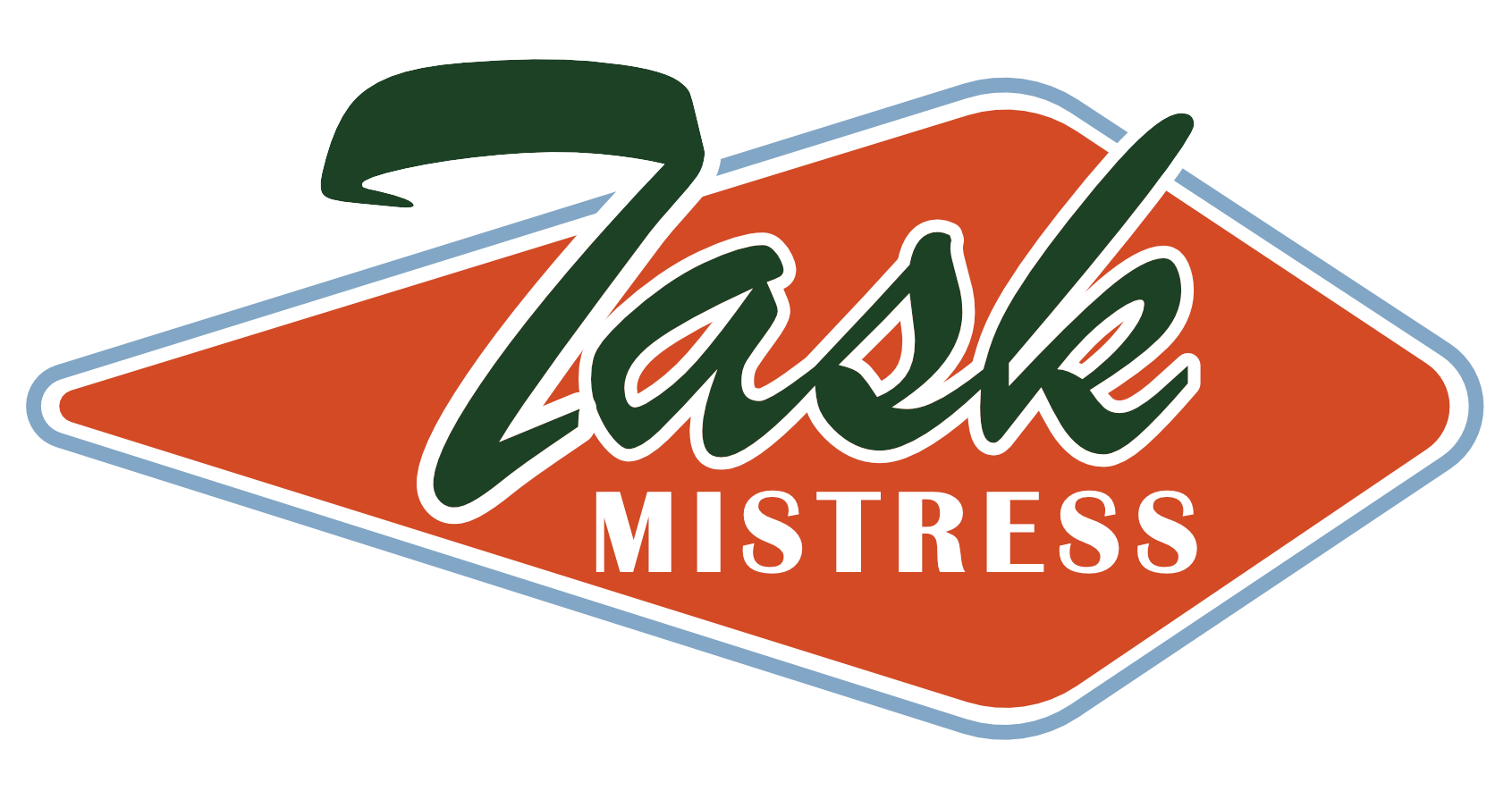Welcome back to my backstory! This is the third part of a five-part series explaining how I got where I am today as a solopreneur and productivity expert. The rocky road continues…
Last week I talked about my big breakdown and my difficult, tottering first steps toward trying to fix the mess my life had become through inaction and despair. To be fair to myself, cPTSD and generalized anxiety disorder both played big parts in the choices I made and, more importantly, failed to make in the decade after my parents’ deaths. But when we left off, I was determined to get a move on with that whole “recovery” thang!
But how?
Was it time to make a to-do list? Did I need to fill up my calendar with tasks? Create lots folders with plans and lists and goals?
Admittedly that is what people often do when faced with the mental health equivalent of “the wide open road ahead.” That’s normal. We want maps, we want destinations, we want to have hotel reservations waiting for us along the way. Creating a to-do list is a version of that.
In fact, in a fit of optimism, I brought my journal with me to my first therapy session with a list of the questions I needed answers to and the problems I wanted to solve. I asked her how to do that, pen ready to write down whatever she told me. To her credit, my therapist did not laugh in my face! But her point was well taken: some things don’t fit on a to-do list.
What she meant was that therapy was going to be a messy, difficult project with lots of twists and turns. Even the destination was a bit vague. (What is a “healthy mindset” anyway? I sure as hell didn’t know!)
When faced with a crisis, we reach for the tools we know and have used successfully in the past. For many of us that is a to-do list, supplemented by a calendar showing us all our commitments. These are helpful things but they are what I call “short term tools,” used to to get you through the day or the week or, if you are really good at planning, the quarter.
But after a few months of therapy (and journaling and meditation), I realized not only that some things don’t quite fit on a to-do list in any helpful or meaningful way, but more importantly that my life is more than just a to-do list.
In fact my to-do list had become overwhelming to me, and I often avoided looking at it. I was getting to my shitty job on time and I was showing up for my therapy sessions, but all the rest of my plans and goals felt distant and difficult. Know the feeling?
It’s the combination of being overwhelmed while simultaneously feeling like you aren’t getting the important things done.
Yeah, that.
I realized that while I was not quite ready for long-term planning, I needed a better structure for the plans I did have. I fell back on what I knew how to do: project management.
That probably sounds very peculiar, but then, I was a peculiar child!
When I tell people that I got my first personal planner when I was twelve (one of the old classic Day-Timer planners of the 1980s!), I sound like a geek. When I explain that I was an only child who was being homeschooled at the time, I sound like a freak. Especially given that my parents unschooled me, which (if you don’t know) means I had no set curriculum or schedule. They monitored my studies but I was allowed to work on whatever I felt like, whenever I felt like it. Some people ask if the paper planner was my attempt to create some structure in my day-to-day life, and that’s possible, but I spent a lot more time organizing projects and plans than actually filling out the calendar pages.
What I enjoyed was breaking down my goals into actionable steps, which perhaps at least explains how I graduated from unschooling with a decent SAT score and several college acceptance letters.
That ability served me well at my first professional job as a reporter for a regional newsmagazine in central Florida. No, it didn’t help with the reporting part, but it helped a lot when I was made the project manager for the development of the company’s very first website (this was 1998, we were breaking new ground!), then later as an operations manager with a local ISP, and so on and so on. I did not always use my project management skills, but they were often called upon whether I had the official title or not. What I knew from all that experience was that project management works.
I put aside all the to-do lists and focused on creating projects for me to “deploy” in my life. My list of projects was short:
- Fix brain
- Resolve marriage
- Get out of poverty
Those were fairly open-ended projects, I admit. I wasn’t even sure if the second one meant “save” or “end” my marriage, and as for fixing my brain, I was under no illusions that it would be anything but a protracted air-and-ground battle with myself. Normally in project management, you decide on the end goal first and move onto the planning stage with that in mind. But life is rarely so neat and tidy, is it?
Continue to Part 4
OR
Catch up: Part 1! Part 2! Part 3!
This is the third part of my story, which I’m sharing in this newsletter over several updates. Next week we dip our metaphorical toes into actual project management!
